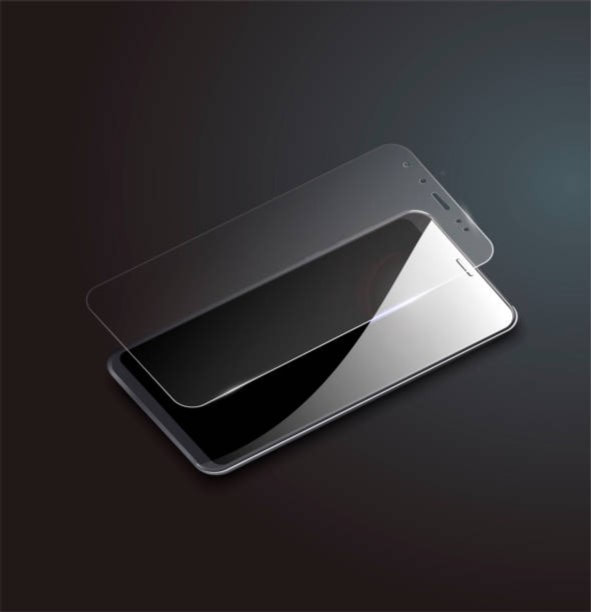|
We've all experienced it at some point – that heart-stopping moment when our beloved smartphone slips from our grip and plummets toward the unforgiving ground. The dreaded crack that follows is enough to make anyone cringe. But what if I told you there's a powerful force working tirelessly to protect your phone from these everyday mishaps? Enter Gorilla Glass, the invisible hero of smartphone protection. In this blog post, we'll unmask the powerhouse of screen protection and discover how it's making screen replacements a thing of the past. The Birth of Gorilla Glass: A Brief History Gorilla Glass was developed by Corning Incorporated, a company with a long-standing history of creating innovative glass technologies. It all started in 2007 when the company set out to develop a new type of thin, lightweight, and incredibly tough glass. The result was Gorilla Glass, a remarkable material that combines durability and elegance to protect our gadgets. Today, Gorilla Glass is an industry standard for smartphone screens, and it's not just limited to smartphones; you can find this revolutionary material on tablets, laptops, and even wearables. Strength in Numbers: The Science Behind Gorilla Glass But what makes Gorilla Glass so special? The secret lies in its unique manufacturing process and chemical composition. Let's dive into the science behind this screen-saving marvel. Aluminosilicate Glass: The Core Ingredient At its core, Gorilla Glass is an aluminosilicate glass. Its primary ingredients are aluminum, silicon, oxygen, and other minor elements. The unique combination of these elements gives Gorilla Glass its trademark toughness. Ion-Exchange Process: The Secret Sauce The real magic happens during a process called ion exchange. Gorilla Glass is submerged in a hot bath of molten potassium salt, where larger potassium ions replace smaller sodium ions in the glass. This process creates a layer of compressive stress on the glass surface, making it much more resistant to scratches, cracks, and breaks. Reducing Screen Replacement Costs with Gorilla Glass With the ever-increasing cost of smartphones, the last thing anyone wants is to fork out even more money for a screen replacement. That's where Gorilla Glass comes in. Its superior durability can help to significantly reduce the risk of screen damage, which means you're less likely to need a costly screen replacement. Of course, accidents still happen, and no material is entirely indestructible. However, Gorilla Glass has consistently proven far more resilient than traditional glass, helping keep your phone looking pristine for longer. Gorilla Glass: An Evolving Legacy Since its introduction, Gorilla Glass has undergone multiple upgrades, with each new generation boasting improved durability, scratch resistance, and thinness. This constant evolution keeps Gorilla Glass at the forefront of screen protection technology, ensuring your devices stay well-guarded against daily wear and tear. Final Thoughts: Embrace the Power of Gorilla Glass Now that we've unmasked the powerhouse of smartphone protection, it's easy to see why Gorilla Glass has become a staple in mobile devices. Its unique combination of strength, beauty, and lightweight design has undoubtedly changed the game regarding screen protection. Next time you shop for a new smartphone, check if it's equipped with Gorilla Glass. It might save you the headache (and the expense) of a dreaded screen replacement. And if you're one of the lucky ones already sporting Gorilla Glass on your device, take a moment to appreciate the powerful, invisible force working tirelessly to keep your screen safe from harm. So, embrace the power of Gorilla Glass. It will enhance your device's durability and give you peace of mind knowing your precious gadget has added protection against life's unexpected bumps and drops. With Gorilla Glass, you can confidently navigate the digital world without worrying about the fragility of your screen. Happy scrolling!
0 Comments
Leave a Reply. |

